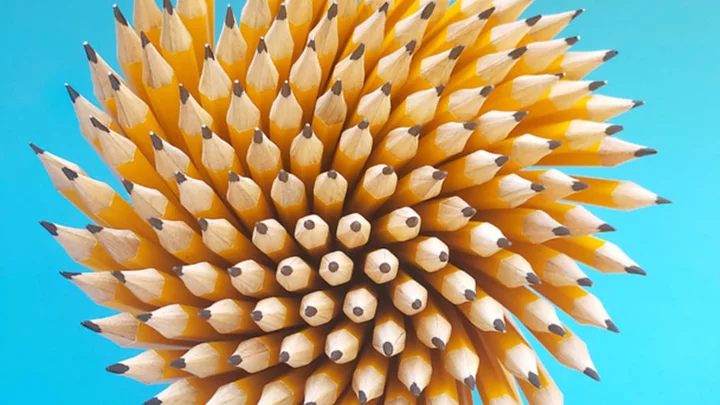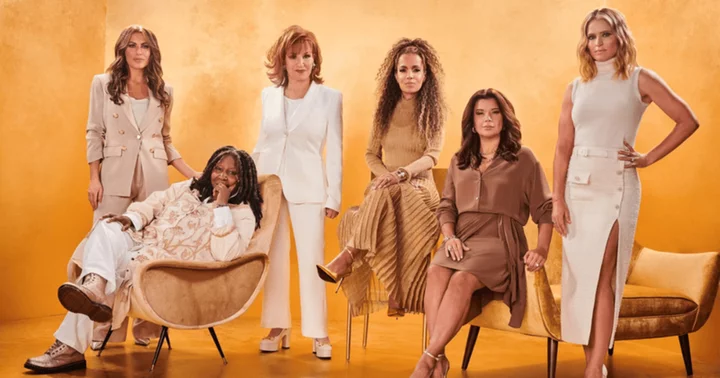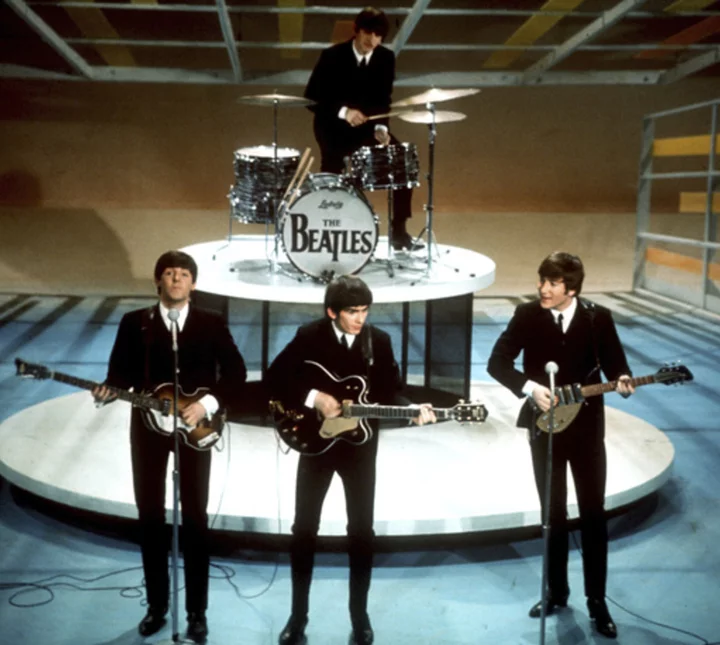Almost every syllabus, teacher, and standardized test requires a No. 2 pencil. Are there other choices out there?
Indeed there are. Pencil makers manufacture Nos. 1, 2, 2.5, 3, and 4 pencils—and sometimes other intermediate numbers. The higher the number, the harder the core and lighter the markings. (No. 1 pencils produce darker markings, which have been preferred by editors and people working in publishing.)
The current style of production is modeled on pencils developed in 1794 by Nicolas-Jacques Conté. Before Conté, pencil hardness varied from location to location and maker to maker. The earliest pencils were made by filling a wood shaft with raw graphite, leading to the need for a trade-wide recognized method of production.
Conté’s method involved mixing powdered graphite with finely ground clay; that mixture was shaped into a long cylinder and then baked in an oven. The proportion of clay versus graphite added to a mixture determines the hardness of the lead. Although the method may have been agreed upon, the ways various companies categorize and label pencils weren’t.
Today, many U.S. companies use a numbering system for general purpose pencils that specifies how hard the lead is. For graphic and artist pencils and for companies outside the U.S., systems get a little complicated, using a combination of numbers and letters known as the HB Graphite Scale.
H indicates hardness and B indicates blackness. Lowest on the scale is 9H, indicating a pencil with extremely hard lead that produces a light mark. On the opposite end of the scale, 9B represents a pencil with extremely soft lead that produces a dark mark. (An F also indicates a pencil that sharpens to a fine point.) The middle of the scale shows the letters and numbers that correspond to everyday writing tools: B = No. 1 pencils, HB = No. 2, F = No. 2½, H = No. 3, and 2H = No. 4 (although exact conversions depend on the brand).
So why are testing centers such sticklers about using only No. 2 pencils? They cooperate better with technology because early machines used the electrical conductivity of the lead to read the pencil marks. Early scanning-and-scoring machines couldn’t detect marks made by harder pencils, so No. 3 and No. 4 pencils usually resulted in erroneous results. Softer pencils like No. 1s smudge, so they’re just impractical to use. Which is how No. 2 pencils became the industry standard.
Have you got a Big Question you'd like us to answer? If so, let us know by emailing us at bigquestions@mentalfloss.com.
A version of this story was published in 2018; it has been updated for 2023.
This article was originally published on www.mentalfloss.com as Are There No. 1 Pencils?.









